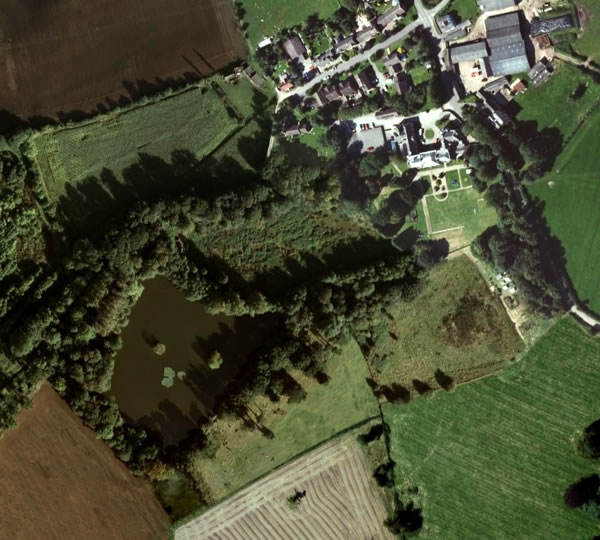Caldwell Hall – General History
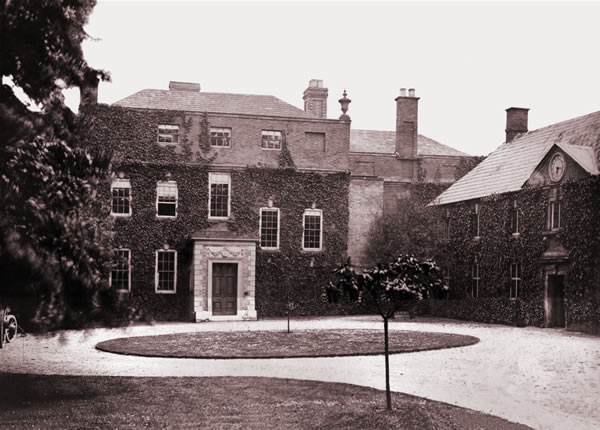
Early History
The earliest recorded history of the Caldwell Hall site dates back to 942 AD as an Anglo-Saxon settlement. At this time, it is recorded as Caldewaellan. Close to the modern day hall, there is what appeared to be an important building surrounded by a moat. A small ancient part of the church on the estate are reputed to date back to these pre-Norman times.
After the Norman Conquest, William I, better known as William the Conqueror, was crowned King of England and the whole area effectively fell under his control. Two years later, in 1068, the Manor of Caldwell was one of numerous estates gifted by William to Burton Abbey. There was a significant Manor House at Caldwell. Richard de Calingewood was recorded as keeper in 1351.
As part of the Dissolution of Abbeys by Henry VIII, on 4th November 1540, Abbot Edys was finally forced to surrender Burton Abbey whereupon it was gifted with many lands, which included Caldwell and its manor, to Sir William Paget – a close adviser to Henry VIII who later became 1st Baron Paget of Beaudesert and was a descendant of the Marquis of Anglesey.
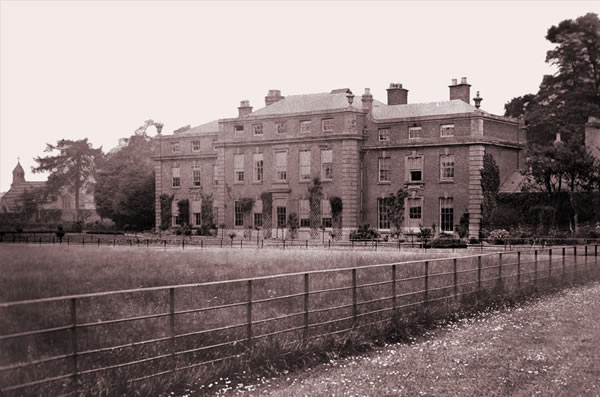
On William Paget’s death, Caldwell fell to his son, Henry Lord Paget and it was sold around 1560 to Peter Collingwood. Marriage between the Collinwood and Gresley families led to a relationship between Caldwell Hall and nearby Drakelowe Hall.
Another family associated with Caldwell Hall is the Sanders. Most famously, Thomas Sanders who was a Colonel in the Roundheads and led an army against Charles I in the Civil War. The Sanders family were responsible for replacing the Manor House with the much more substancial Caldwell Hall on the same site with the oldest existing parts dating back to 1678. The majority of what still stands is, however, Georgian.
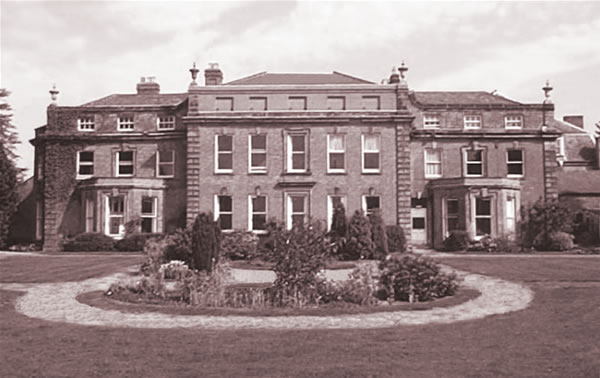
The bow-windowed room on the left was the main drawing room; in the centre section were rooms which included the library and study; the bow-windowed room on the right was the dining room. The first floor housed a principal bathroom and bedrooms. The attic was primarily used for servants quarters. There were a total of 18 bedrooms.
After passing to Thomas Sander’s son, Caldwell Hall was eventually bequeathed to his grand-daughter, Elizabeth, who married local MP, John Mortimer. Their son sold the hall in turn to Henry Evans, a brewer from Burton upon Trent.
Henry Des Voeux
Henry Evans’ daughter, Miss Rebecca Evans, took over the Hall when Henry died but died herself, unmarried, in 1857 and the estate was sold by trustees to one of the most colourful characters to have lived there – Sir Henry des Voeux, 3rd Baronet. Sir Henry married the widow of Sir Roger Gresley, once again, establishing a link between Caldwell and Drakelowe.
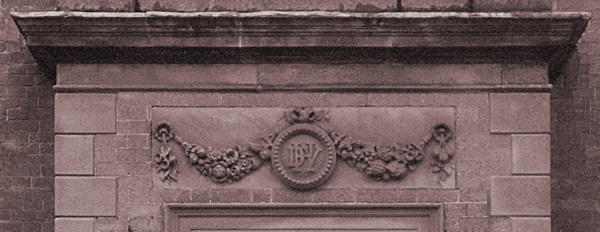
One of the first things he did was to have a stonework insignia, proudly bearing his HDV initials installed over the main entrance as can be seen above.
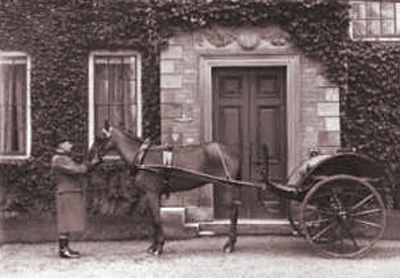
The Henry Des Voeux monogram can still be seen as the carriage waits outside the front door for Miss Milligan. The feature remains in good condition today and preserves his name.
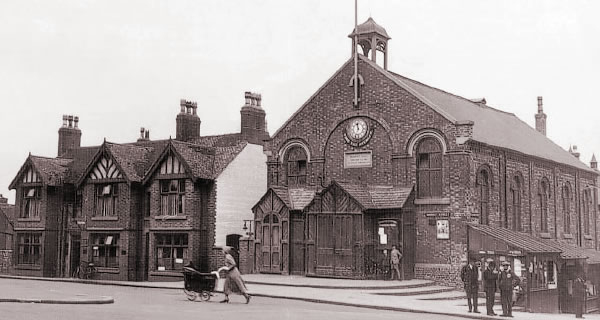
Another well publicised gesture by Henry des Voeux was his donation of the large hall clock for use in the new Swadlincote Market Hall after a plea from local reverend. The original Caldwell Hall clock can be seen in the above 1933 photograph and once again, has survived the test of time and can still be seen today.
The Des Voeuxs lived at the hall until he died in 1858, whereupon his wife moved to London but retained ownership of the hall.
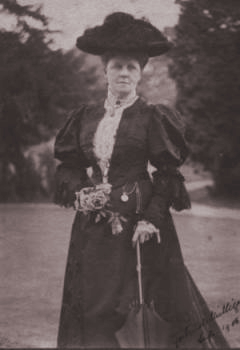 The Milligans
The Milligans
In 1875, on the death of Henry Des Voeux’s wife, the hall passed to Sir Henry’s nephew, Colonel Charles Milligan, who had served with the 39th Regiment. Aside from Charles, the family that moved into the hall was comprised of his wife Gertrude, who can be seen here on the left in a photograph taken at the hall in 1906.
Aside from Charles and Gertrude, the resident family was also comprised of their son Frank William; four daughters Ada Katherine, Blanche Justina, Eva Gertrude and Hilda Caroline; and a relative George, who was better known by his surname Dunbar. It is told that the use of his surname was to completed the first initals sequence of all of the residents as A, B, C, D, E, F, G and H.
The son, Frank, became a Lieutenant with the Rhodesia Frontier Force but was killed in action in 1900.
In 1934, the Milligan’s had an indoor staff of twelve, comprised of the housekeeper, cook, butler, two ladies’ maids; and more lower ranking footman, three housemaids, kitchen maid and scullery maid and hall boy. These two groups would eat separately in different rooms.
Aside from this, there were nine permanent outdoor staff being made up of head gardner, five gardners, groom, chauffer and farm bailiff.
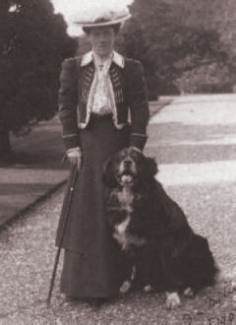 Although Eva was the eldest, it was Blanche who was the best known and most dominant figure and in later years, was rarely seen out without her faithfull dog ‘Ben’; the two of them can be seen in the photograph on the right.
Although Eva was the eldest, it was Blanche who was the best known and most dominant figure and in later years, was rarely seen out without her faithfull dog ‘Ben’; the two of them can be seen in the photograph on the right.
Blanche became a well known local figure during the Second World War years as a leading organiser of the Women’s Land Army, putting the Caldwell estate to good use in support.
Eventually, only Ada, Blanche and Eva remained and Caldwell Hall was famously, the hall of the three sisters. They can be seen below, some years earlier with their mother, Gertrude, enjoying a game of croquet at the hall.
They died respectively in 1951, 1953 and 1960 which brought to an end, the final era of Caldwell Hall being enjoyed as a private residence.
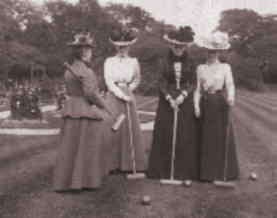
Following the death of the last surving Milligan sister, Eva, in 1960, the entire contents were auctioned off over a six day period from 25th October to 3rd November in 1836 different lots.
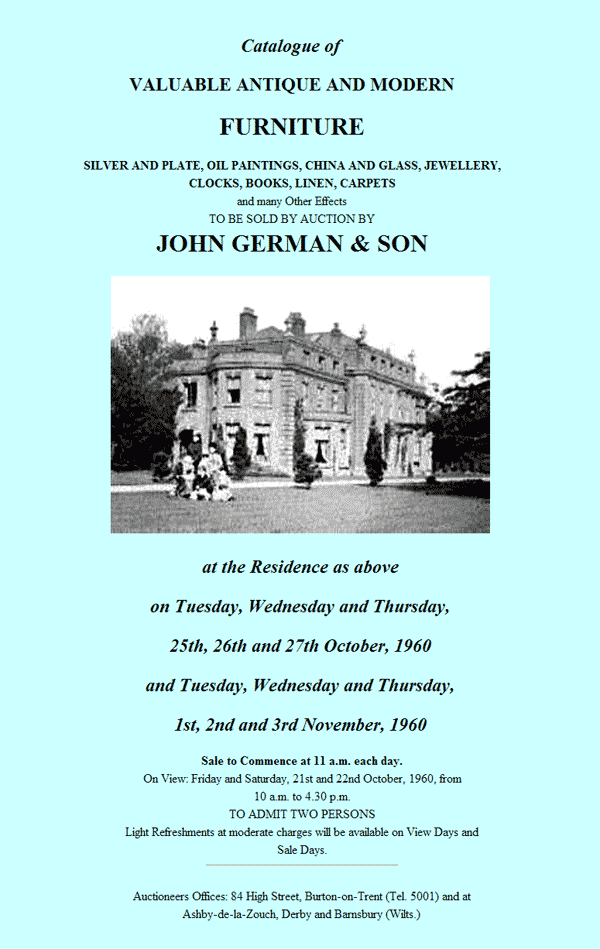

Among the prize items was a set of four hunting pictures by John Nost Satorius, originally bought for Caldwell Hall by Miss Milligan. They took pride of place in Caldwell Hall and are now of considerable value.
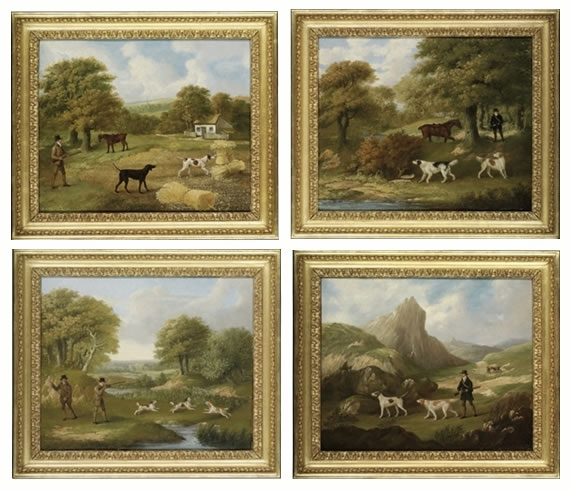
The Hall itself was auctioned by John German auctioneers and it became a business premises.
Caldwell Hall still survives today as a special school for children with behavioural difficulties and remains an integral part of the small village of Caldwell.
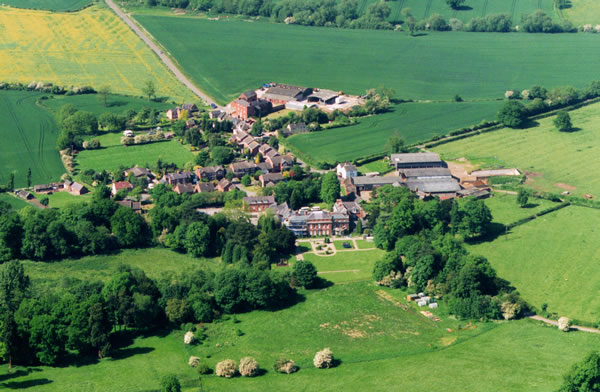
The final pictures provides a good feel for the main Caldwell Hall grounds complete with its own lake which, in its heyday, had a boathouse.
